PM Modi visit to Poland: A strategic overview
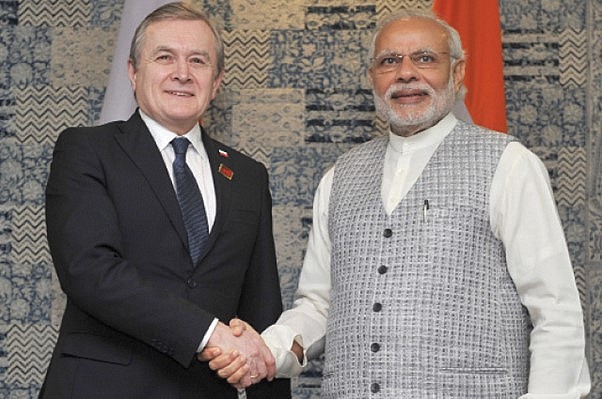 |
Poland was the nation that helped India repatriate its students and other nationals at the start of the conflict in Ukraine. Further back in time, the gesture by Jam Sahib of Navanagar of giving refugees to thousands of Polish refugees in India during the Second World War, as they sought to escape the clutches of Hitler’s concentration camps is a historical fact whose memory lies in the naming of a road after him in Warsaw. By itself, the forthcoming visit by Prime Minister Narendra Modi is a unique combination of outreach to Eastern Europe. This is important because Poland is the sixth largest economy in the European Union. While all the media attention will necessarily on the Ukraine leg of the Prime Ministerial visit, the Polish State Visit carries equal significance.
The visit can be contextualised in terms of India’s approach to the EU as a whole and, in that rubric, our perspectives on Central Europe. Poland’s history has seen its share of violence, but today it stands out as an example of how a nation can move forward rapidly. Notably, Poland spent 3.9% of its GDP on military expenditure in 2023. It has a robust IT industry which accounts for 9.5% of its GDP. Another facet of the relationship is in the field of defence. As seen above, Poland has been bolstering its armed forces and industry. While the reasons for this are obvious the fact remains that defence cooperation potential exists bilaterally. As was noted recently during the pre-visit media briefing by Tanmaya Lal, Secretary West in the MEA India and Poland have a cooperation agreement dating back to 2003 and more recently, India established a Defence Wing in the Indian Embassy in Warsaw. With India pursuing the path of Atmanirbhar Bharat in defence, it appears logical for Poland to look to India for weapons and equipment. The scale of this cooperation needs to be worked out and the PMs visit offers the ideal opportunity.
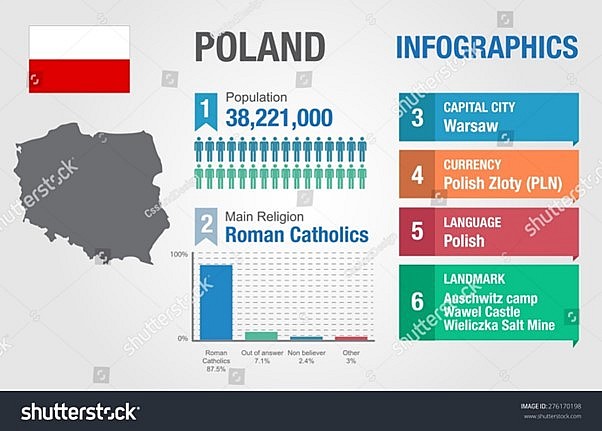 |
In strategic terms, Poland played a crucial role in supporting the return of Indian students from the conflict zone in Ukraine in early 2022. Over 4,000 Indian students from Ukraine were evacuated at the start of the Russian invasion. "Operation Ganga", launched by the Government ensured the return of 18,282 Indian nationals, mostly medical students. The operation involved the transportation of students from Ukraine to Rzeszow airport in Poland by road, and then to India by air. Lest we forget, Romania, Hungary, Moldova and Slovakia also helped India in Operation Ganga. Prime Minister Modi has met with the leaders of Poland on several occasions in the past and on 1 March 2022, PM Modi spoke on the phone with President Duda and thanked him for the assistance provided by Poland under ‘Operation Ganga.’ The Prime Minister also recalled the assistance offered by Poland following the Gujarat earthquake in 2001. High level contacts have thus continued with vigour and the visit provides the opportunity to further intensify ties.
On the bilateral front, trade is substantial. The figure officially mentioned is in the order of US$ 6 billion. Poland is India's largest trading partner in Central and Eastern Europe. How many would be aware that there are nearly 30 Polish companies who have a presence in India? To mention a few, there is Toruńskie Zakłady Materiałów Opakunkowych (TZMO) in Dindigul and Bengaluru involved in the manufacturing of hygiene and sanitary products, Can-Pack Poland in Aurangabad engaged in the manufacture of metal packaging, Geofizyka Toruń, Famur Group a mining firm, and Ekolog which is into green energy. The Polish presence is thus significant. Indian investments into Poland hovers around US$ 3 billion and the presence of Indian business provides the fertile ground for furthering economic cooperation. There is certainly something to be said about Poland!
There is another modern-day narrative worth mentioning and of import to India. Poland’s IT industry is on the upswing. There are some 60,000 technology companies and ten "unicorns," in Poland and the nation ranks fifth in the EU for the number of registered ICT companies, notably, 8% of all ICT companies in the EU. By the end of 2025 it is expected that the ICT market in Poland will reach and even exceed the amount of US$ 13.00 billion. This is where India comes in. There is scope for an Indian entry in terms of support, manpower and expertise. Bilateral agreements on these fronts would be mutually beneficial.
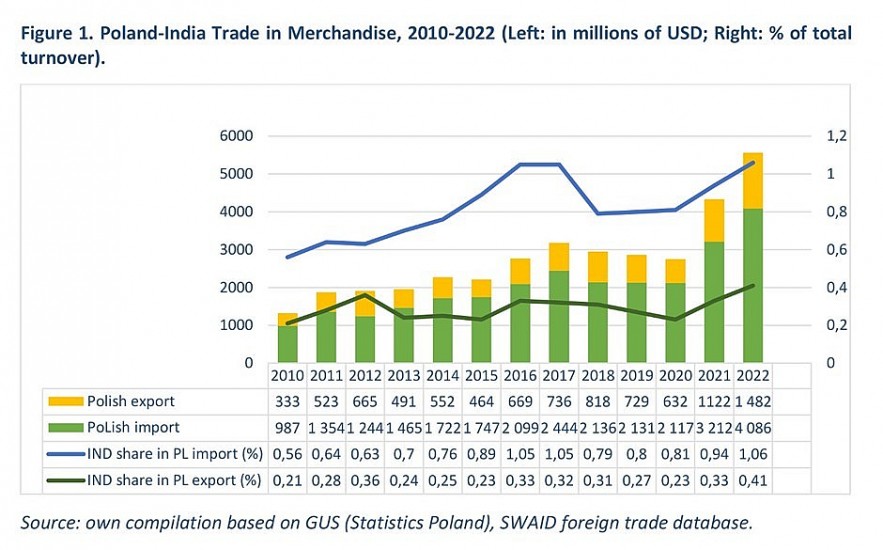 |
For those historically minded, it must be pointed out that in October 2014, a plaque was unveiled in Ochota District, Warsaw in honour of the Jam Sahib. Ensuring that this legacy of ties persists finds presence in the eight primary and secondary schools named after Jam Saheb Digvijay in Warsaw. Indological studies have a strong presence with Polish scholars having translated many ancient Sanskrit texts into Polish as early as the 19th Century. A chair of Sanskrit was established in 1893 at the Jagiellonian University of Krakow, the oldest in Poland. The link with the Polish refugees who settled during the 1940s is maintained with the setting up of a plague in Warsaw in the November 2017 to remember the Kolhapur-Valivade camp, where many Polish nationals had settled. Survivors and descendants of the Polish refugees regularly visit India to pay homage to their loved ones, buried in Kolhapur. This has helped to keep alive the memories of that era.
There is thus a historical and contemporary topicality to bilateral ties which is being strengthened by the visit of Prime Minister’s visit. In strategic terms, the visit will provide India an insight into Eastern Europe and a perspective into the current situation in Ukraine. Seen by itself the logic for the visit is engagement with Central Europe, with bilateral economic and security cooperation forming the bedrock. In this sense, this visit should not be viewed as a one-shot engagement but a more sustained effort to firmly establish Indian roots in Central Europe.
Recommended
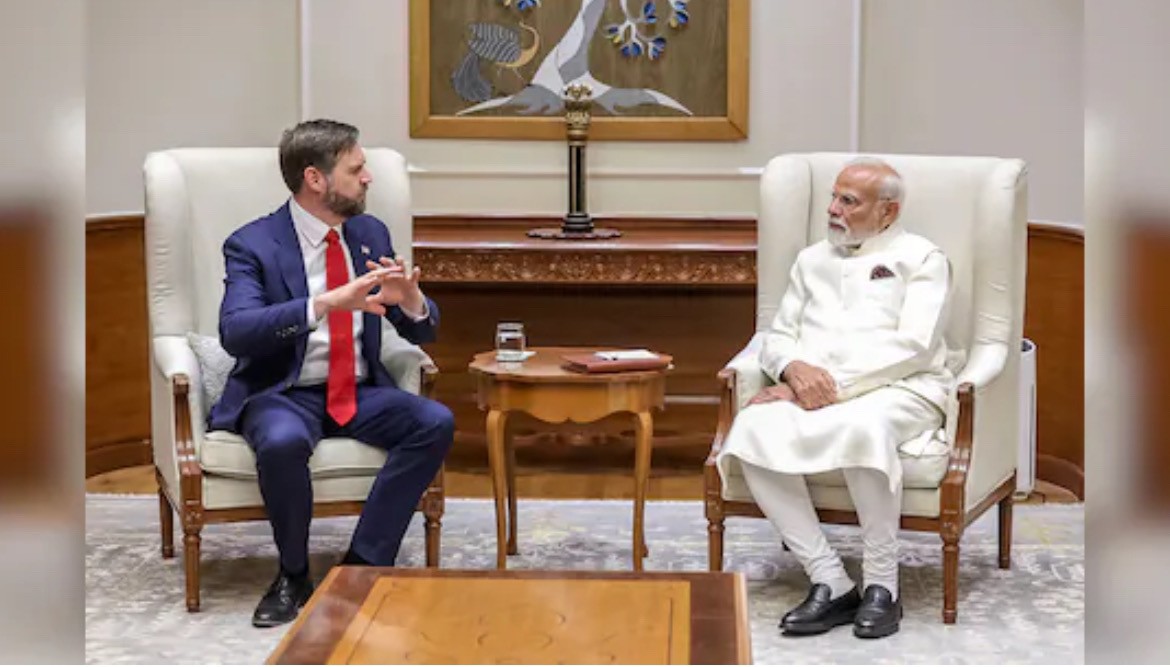 World
World
"Great Leader": JD Vance Lauds PM Modi During His India Visit
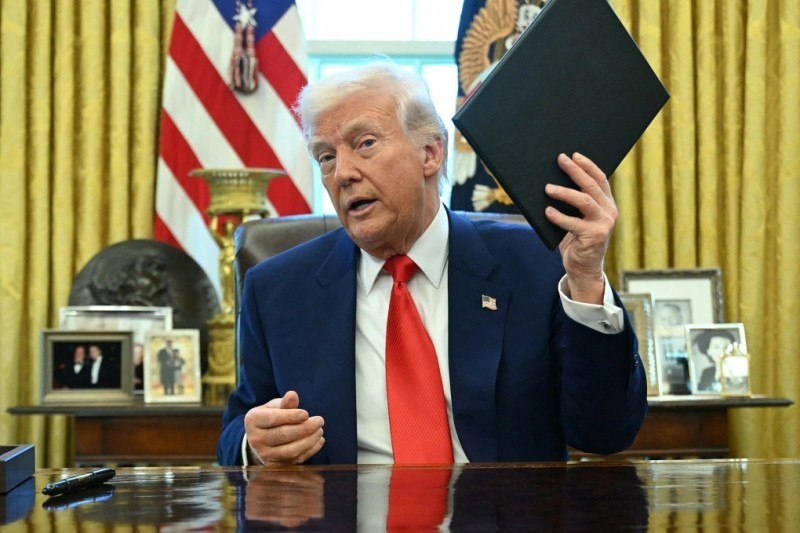 World
World
Trump’s Tariff Pause: A Strategic Move from “The Art of the Deal”?
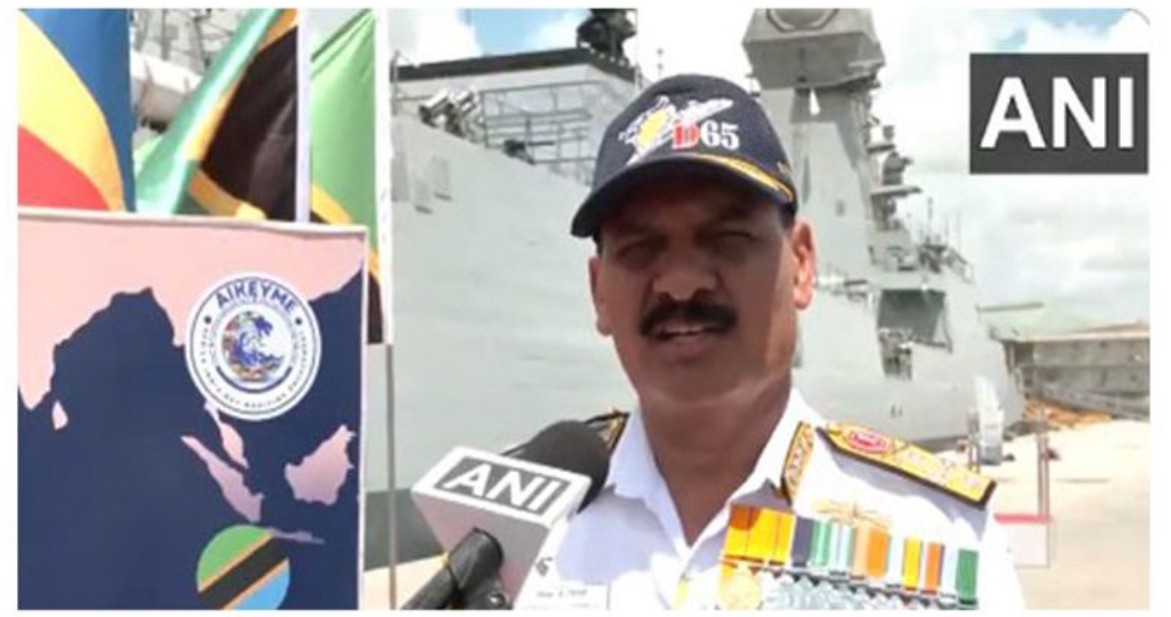 World
World
"Indian Navy's participation in AIKEYME exercise matter of great happiness": Admiral Dinesh Kumar Tripathi
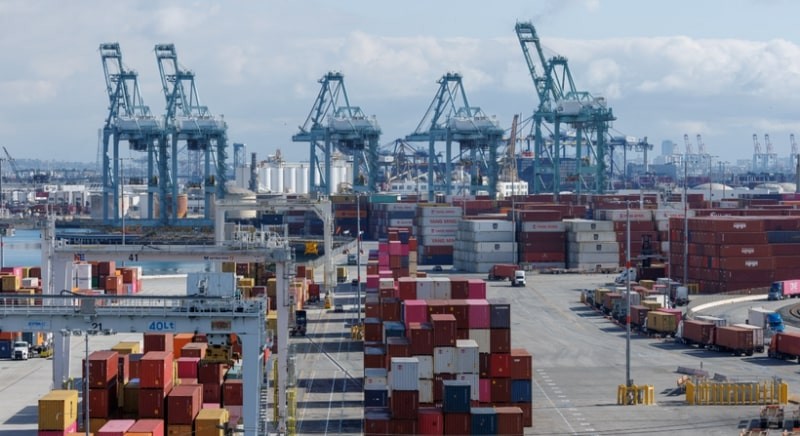 World
World
ASEAN and US Tariff Dilemma: Hybrid Approach to Global Trade Tensions
Popular article
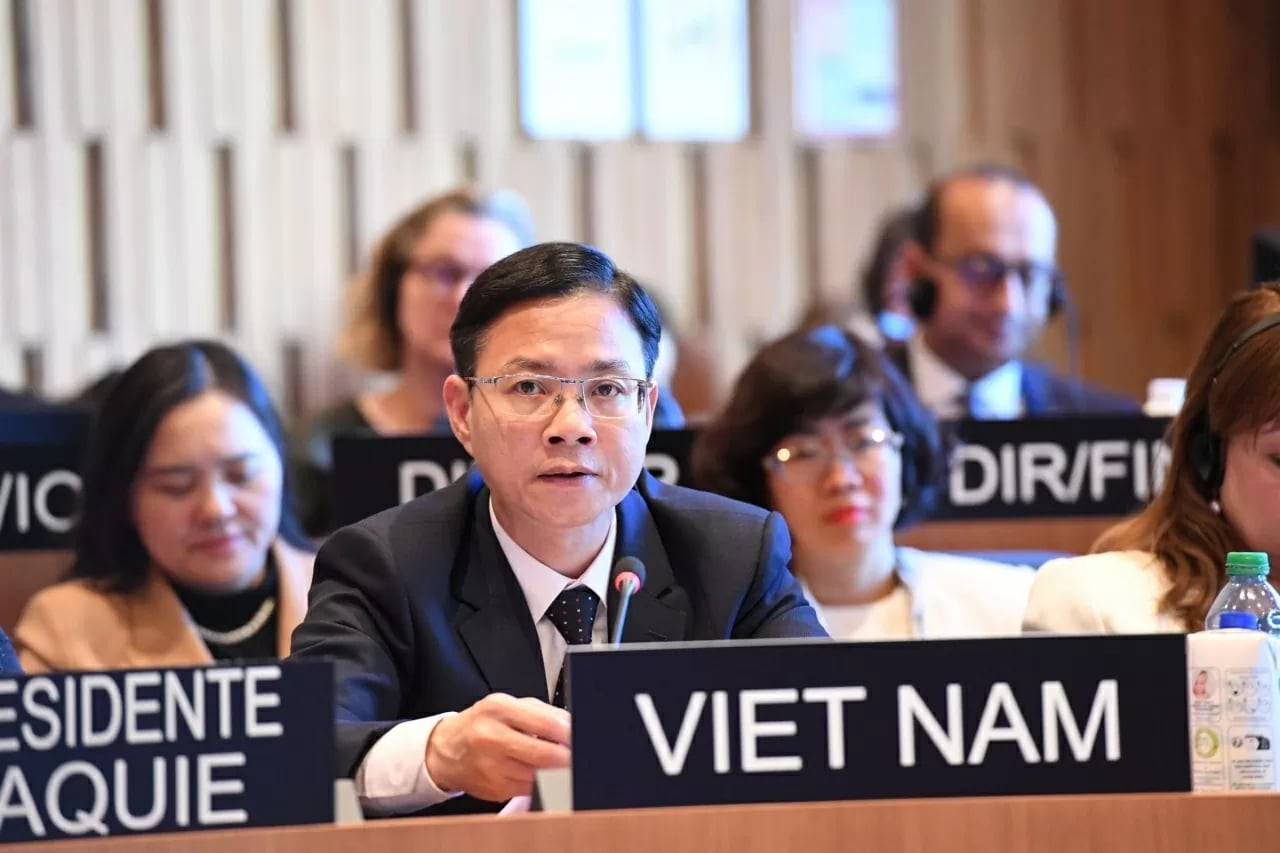 World
World
Vietnam Affirms Its Active and Responsible Role at UNESCO
 World
World
US Imposes 125% Tariff on China, Pauses Tariffs for 90 Days on Over 75 Countries
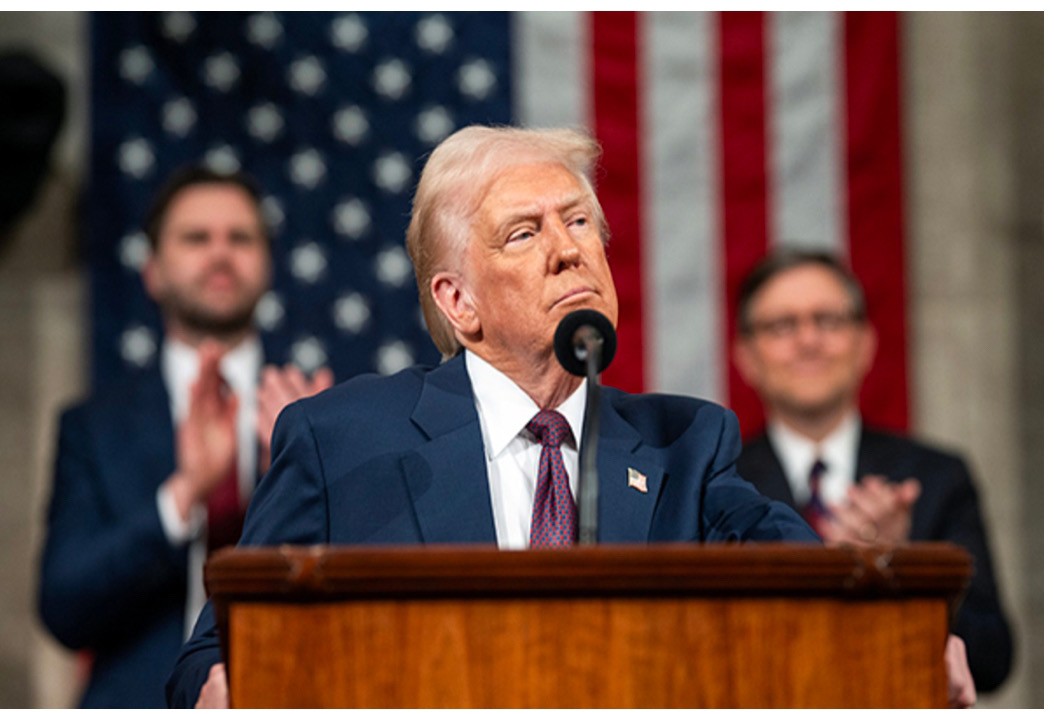 World
World
"Massive financial deficits with China, EU can only be cured with tariffs": Donald Trump
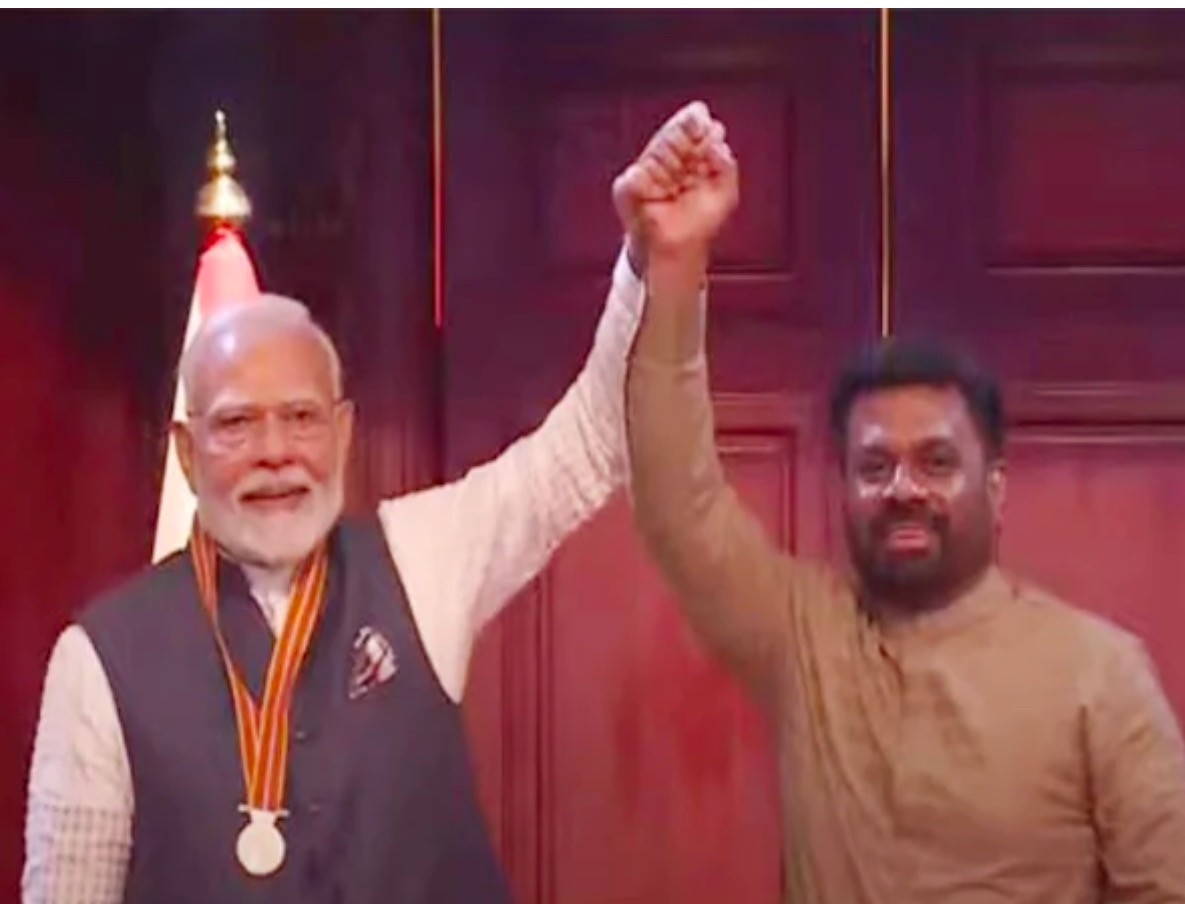 World
World



